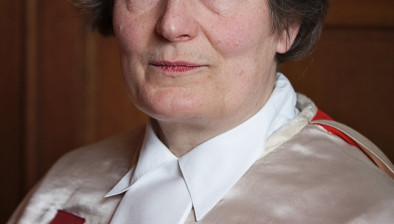Scottish Land Commission calls for further law reform on centenary of resettlement act

The Scottish Land Commission has called for further reform of land ownership on the centenary of the Land Settlement Act coming into force.
The act aimed to resettle populations following the end of the First World War through the creation of smallholdings and crofts.
As a result, a great deal of resettlement was made possible in areas that had suffered population declines over previous years. For example, the settlement of 67 previously landless families from Harris and Lewis at Portnalong is now a populated and thriving township.
To mark the centenary, the Land Commission has published a paper – Re-peopling Empty Places – by Professor Jim Hunter. This examines the impact the act had, its long term legacy and what we can learn from it in addressing the population challenge now facing some of Scotland’s rural communities.
Andrew Thin, chair of the Scottish Land Commission, said: “Many see the act as being a significant piece of land reform for Scotland. Land reform is not a new thing. Now, when we are faced with declining populations in some of our most fragile rural communities, we should reflect on the legacy of the 1919 act and challenge ourselves to find today’s equivalent solutions.
“The momentum for change is growing, with a focus on population challenges in the new Planning (Scotland) act 2019 and a commitment to ‘increasing the population of the rural areas of Scotland’.”
Mr Thin added: “Land availability in the right place at the right price, is core to securing long term renewal of remote rural populations, and land ownership is key to making this happen.
“The way we own and use land is central to big public policy challenges including climate action, productivity, and inclusive growth.
“Reforms to both land ownership and use are needed to unlock opportunities for inclusive growth and to make the most of our land for everyone.”









